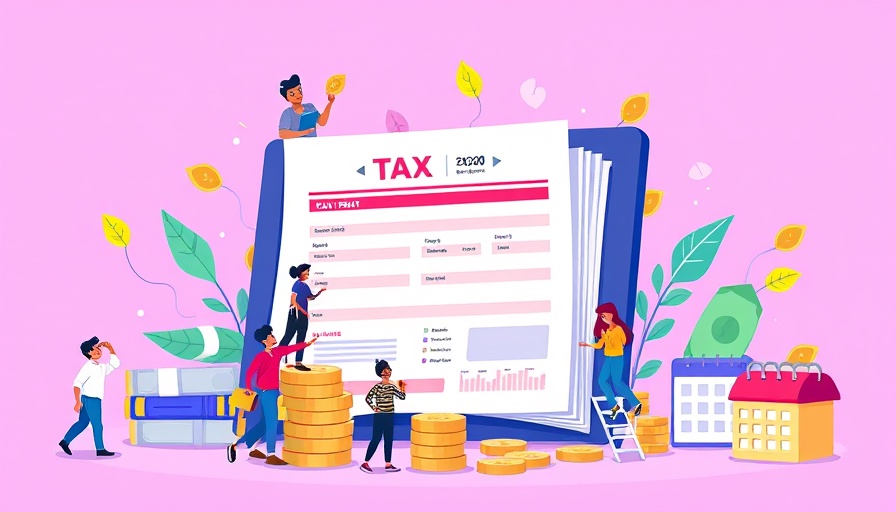
The Impact of Tax Cuts on Small Businesses
In a landmark move, the recent signing of the "One Big Beautiful Bill" by President Trump positions small businesses at the forefront of economic recovery in the United States. Kelly Loeffler, Administrator of the U.S. Small Business Administration, highlighted the significance of this legislation, touting it as a catalyst for transformative growth and new opportunities for entrepreneurs.
Key Benefits of the Legislation
This new legislation extends the 2017 Trump Tax Cuts indefinitely, which were set to expire, effectively averting what could have been a steep tax hike for small business owners. Notably, the 20% small business tax deduction under Section 199A is retained, potentially fueling an influx of economic growth estimated at roughly $750 billion. This growth could support the creation of over one million new jobs, substantially benefiting the small business landscape.
Moreover, the bill promotes investment in local economies by allowing for 100% expensing of new production equipment. This measure particularly benefits small-scale manufacturers and technology startups, as capital expenditures can now be written off immediately, fostering innovation and expansion within these sectors.
Supporting the Gig Economy
Another important aspect of the bill is its support for gig workers. By easing reporting requirements for platforms like Venmo and PayPal, which previously required documentation for transactions over $600, entrepreneurs operating in the gig economy will face reduced administrative burdens. This has significant implications for the growing freelance workforce, contributing to a dynamic economic landscape.
Considerations for Small Business Owners
Despite the positive sentiments surrounding the tax cuts, small businesses should be cautious. The complexities of tax codes may necessitate professional guidance to navigate the new landscape effectively. This could require additional investment, which may pose a challenge for smaller enterprises operating with tight margins.
Looking Ahead
As small businesses continue to recover from the impacts of the pandemic, the favorable tax environment created by the One Big Beautiful Bill represents a potential turning point, allowing them to thrive in a competitive economy. With more resources to reinvest, both in their operations and their communities, the road ahead looks promising.
For business lenders and credit providers, understanding these changes can enhance your strategies for supporting local businesses. Staying informed and adapting your services could prove invaluable as you navigate this evolving economic terrain.
 Add Row
Add Row  Add
Add 




Write A Comment